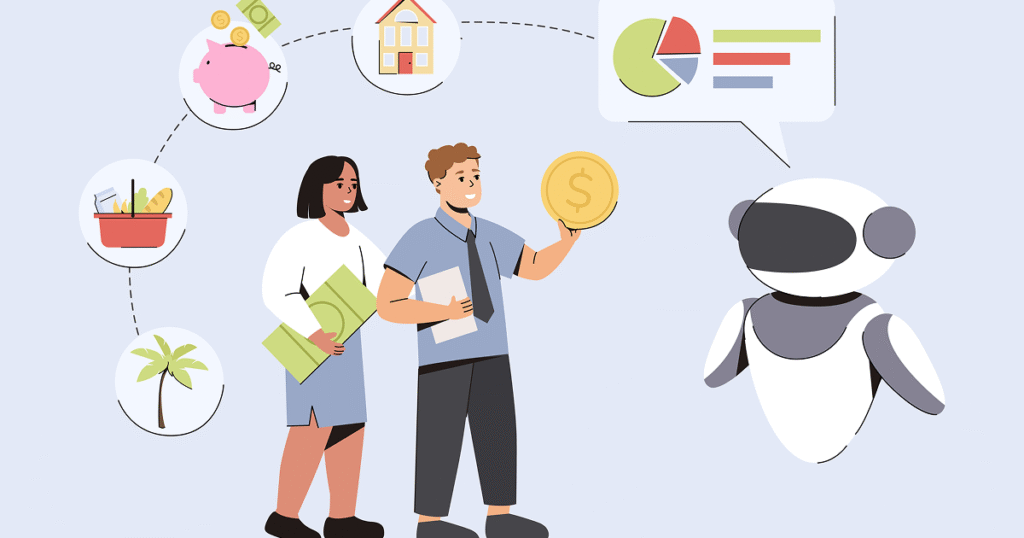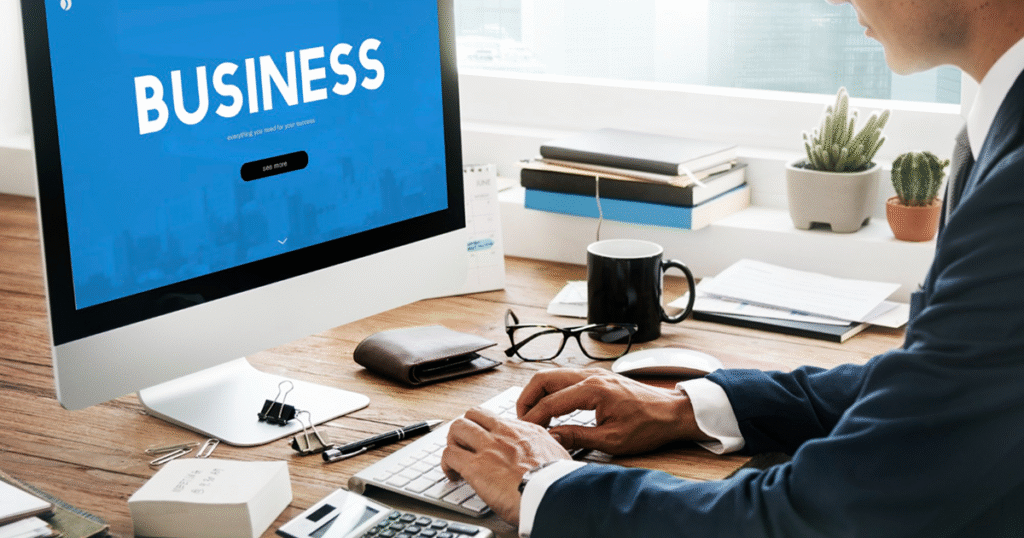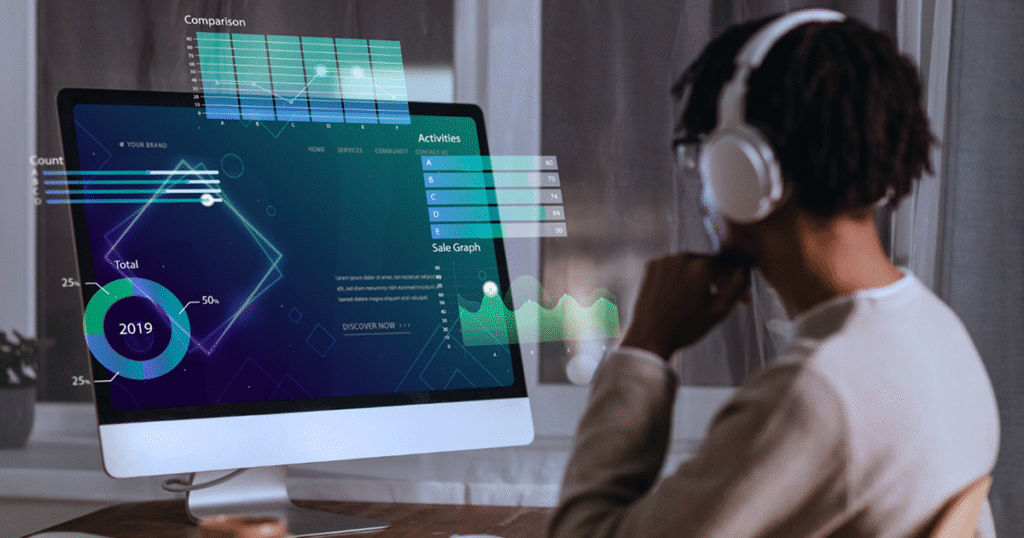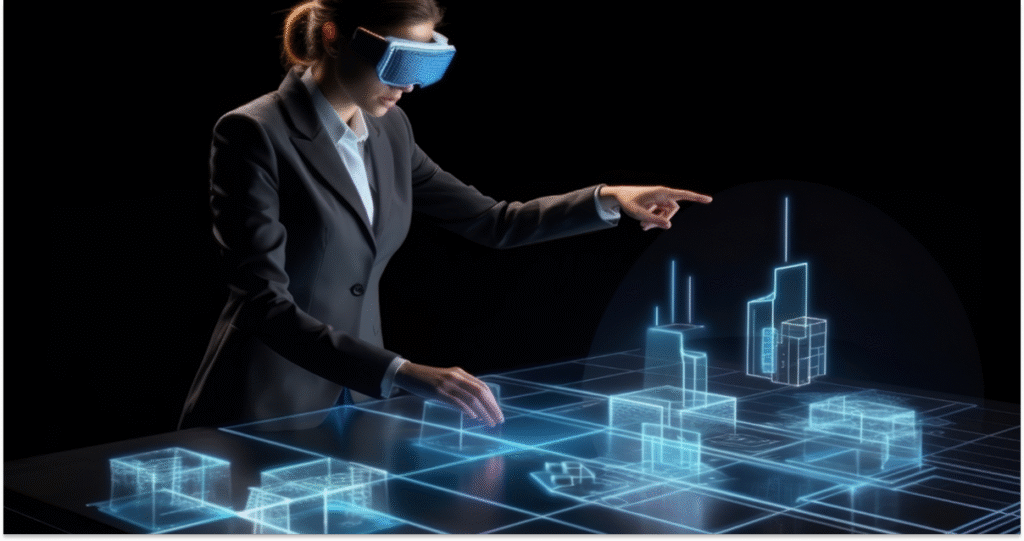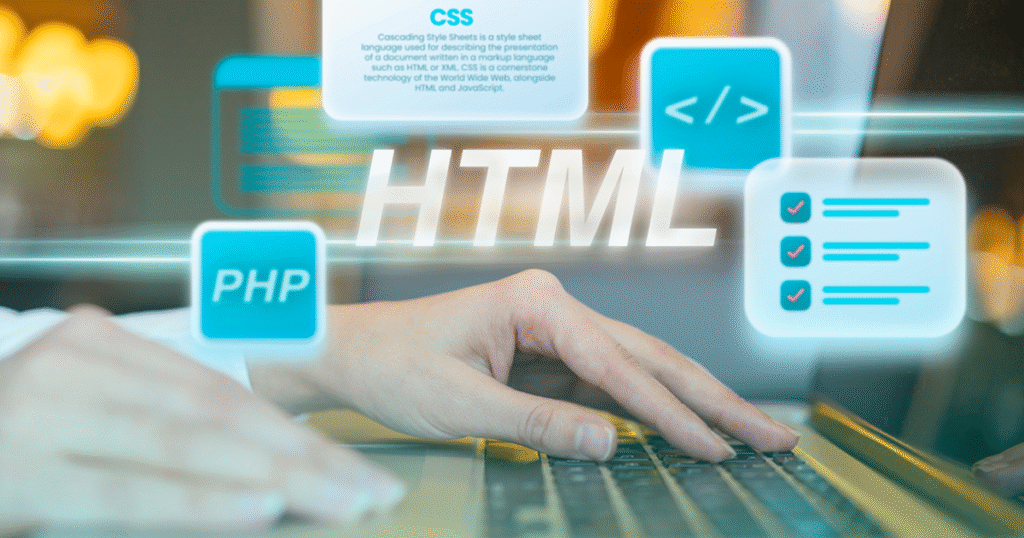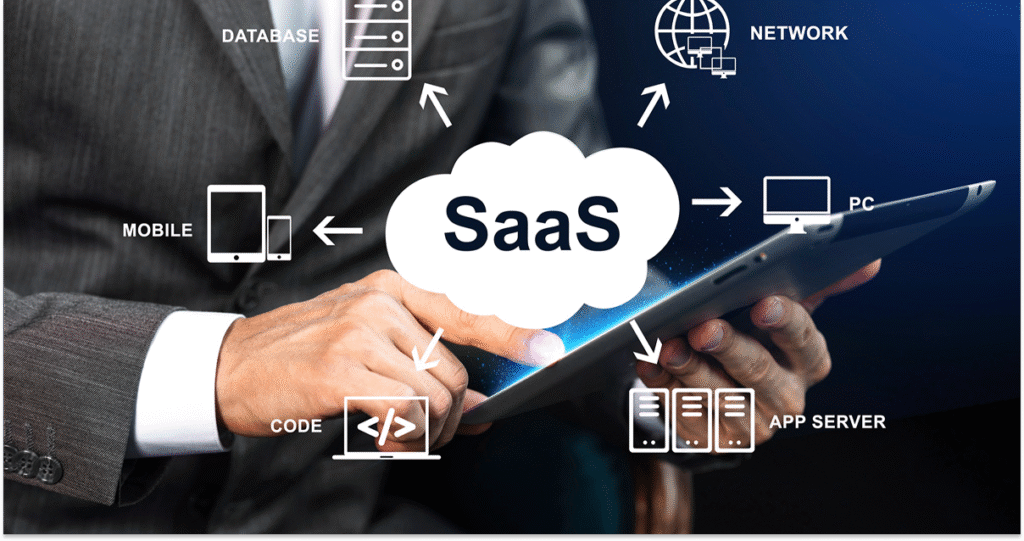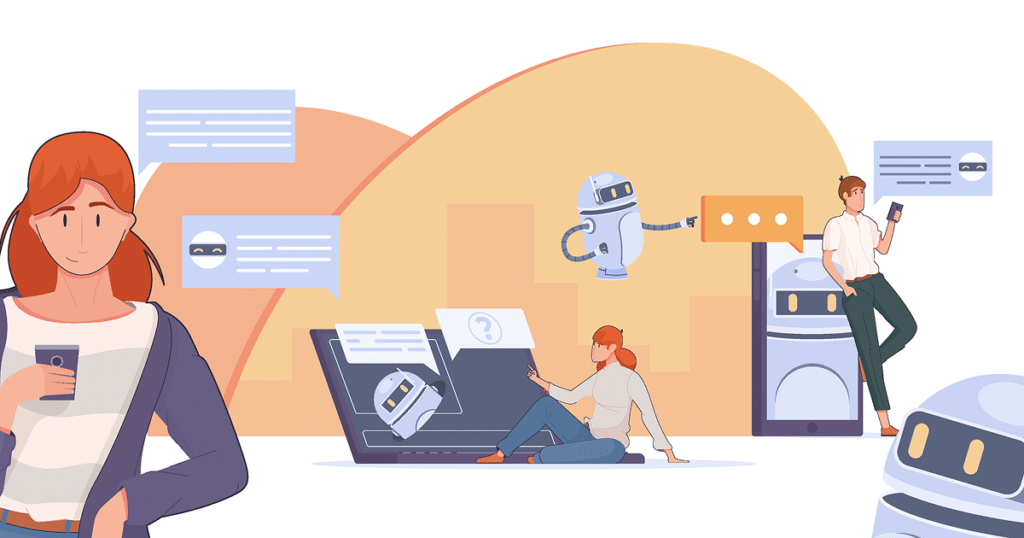Maximize Your ROI: Choose the Best Digital Marketing Company in India
Maximize Your ROI: Choose the Best Digital Marketing Company in India Prashant Padmani Edit Template In today’s competitive online market, simply running ads or posting on social media is not enough. Businesses want real results more leads, higher sales, and better return on investment. This is why choosing the best digital marketing company in India is a critical decision. A professional digital marketing partner understands your business goals, target audience, and budget, and creates strategies that deliver measurable growth. This blog explains how the right digital marketing company helps maximise ROI and what to look for before making a choice. Table of content Add a header to begin generating the table of contents Why Digital Marketing Is Key to Higher ROI Digital marketing directly impacts business growth and revenue. Targeted reach to the right audience Digital marketing allows businesses to target users based on location, interests, and behaviour. This means your marketing budget is spent on people who are more likely to convert, improving overall ROI. Measurable results and performance tracking Unlike traditional marketing, digital marketing provides clear data. You can track website traffic, leads, and conversions, helping you understand what works and what needs improvement. Cost-effective compared to traditional methods Digital campaigns often cost less than offline marketing. With the right strategy, businesses can achieve better results without increasing marketing spend. Services That a Top Digital Marketing Company Should Offer Search engine optimization for long-term growth SEO improves website visibility on Google. Higher rankings bring organic traffic that continues to generate leads without ongoing ad costs. Paid advertising for quick conversions Google Ads and social media ads deliver fast results. A skilled company optimises campaigns to reduce cost per lead and increase conversion rates. Content and social media marketing Quality content builds trust and brand authority. Social media marketing improves engagement and helps businesses connect with customers. Also to read:- The Future of Automation: AI Tools That Reduce Business Costs How the Best Digital Marketing Company Maximises ROI Data-driven marketing strategies Top companies analyse data before launching campaigns. Decisions are based on performance metrics, not guesswork, leading to better ROI. Continuous optimisation and testing Campaigns are monitored and improved regularly. Small changes in ads, keywords, or content can significantly increase returns. Clear focus on business goals Instead of vanity metrics like likes or impressions, the focus stays on leads, sales, and revenue growth. Key Factors to Consider When Choosing a Digital Marketing Company in India Proven experience and industry knowledge An experienced company understands different industries and customer behaviour. This helps in creating strategies that work faster. Transparent reporting and communication Clear reports show where money is spent and what results are achieved. Transparency builds trust and long-term partnerships. Custom strategies instead of fixed packages Every business is different. The best digital marketing company offers customised solutions based on goals and budget. Long-Term Benefits of Working with the Right Digital Marketing Partner Consistent lead generation and sales growth With the right strategy, businesses receive steady leads over time. This creates predictable revenue streams. Strong online brand presence Digital marketing builds brand awareness and credibility. Customers trust brands that appear consistently across platforms. Better marketing ROI over time As campaigns improve and data grows, ROI increases. Long-term partnerships deliver better results than short-term efforts. Conclusion Maximising ROI through digital marketing is not about spending more—it’s about spending smart. The best digital marketing company in India focuses on data-driven strategies, clear goals, and continuous optimisation. By choosing the right partner, businesses can attract the right audience, convert leads efficiently, and achieve long-term growth. A strong digital marketing strategy is an investment that pays back through higher visibility, better engagement, and increased revenue. Frequently Asked Questions How does a digital marketing company help increase ROI? A digital marketing company uses targeted campaigns, data analysis, and optimisation to ensure marketing spend delivers measurable results. Which digital marketing services give the best ROI? SEO, paid advertising, and conversion-focused content marketing usually provide the highest ROI when done correctly. Is digital marketing suitable for small businesses in India? Yes, digital marketing is cost-effective and scalable, making it ideal for small and growing businesses. How long does it take to see ROI from digital marketing? Paid ads can show results quickly, while SEO and content marketing usually take a few months for strong returns. Which is the best digital marketing services provider company in India? Ngendev Technolab is one of the best digital marketing service providers in India, known for delivering result-driven SEO, paid advertising, content marketing, and ROI-focused digital strategies for businesses of all sizes. Get Free consultation and let us know about your custom web and Mobile App project idea Over 13+ years of work experience, we have built 210+ web and mobile apps We can help you with Dedicated Developer delivering high-quality development Custom Mobile App Development Innovative Solution For Startups and Enterprise Contact Us Edit Template Latest Blogs Explore the Latest Blogs on Trends and Technology. Maximize Your ROI: Choose the Best Digital Marketing Company in India Read More The Future of Automation: AI Tools That Reduce Business Costs Read More How to Build a High-Converting Business Website in 2026 Read More Edit Template
Maximize Your ROI: Choose the Best Digital Marketing Company in India Read More »


